No, the LHC hasn’t shown that we live in a multiverse

Sorry to all you ‘Flash’ fans out there; it’s not reality yet.
This article was written by Sabine Hossenfelder. Sabine is a theoretical physicist specialized in quantum gravity and high energy physics. She also freelance writes about science.
“Which is more likely? That the universe was designed just for us, or that we see the universe as having been designed just for us?” –Michael Shermer
“I read the LHC people have shown we live in a multiverse!” my mom says when she opens the door. It wasn’t really the welcome I expected. Recently retired, she now regularly attends lecture series at the university. Mostly, she finds them annoyingly dumbed down.
Unlike my brother, The Engineer Who Will Fix It, I and my PhD in theoretical physics have never been of much use. But suddenly, I’m the go-to person for “black holes” and “gravitational waves” and “have you read that dark matter causes cancer?”
I can’t blame my mom for the multiverse nonsense — it has become widespread. If you believe Scientific American then “New Physics Complications Lend Support to Multiverse Hypothesis.” From Vox you can learn that “If the LHC can’t find answers to questions like ‘why is the Higgs so light?’ scientists might grow to accept a more out-of-the-box idea: the multiverse.” And according to Business Insider, “If supersymmetry is wrong, [it would] lend more credence to other theories, like the idea that we live in a multiverse.”
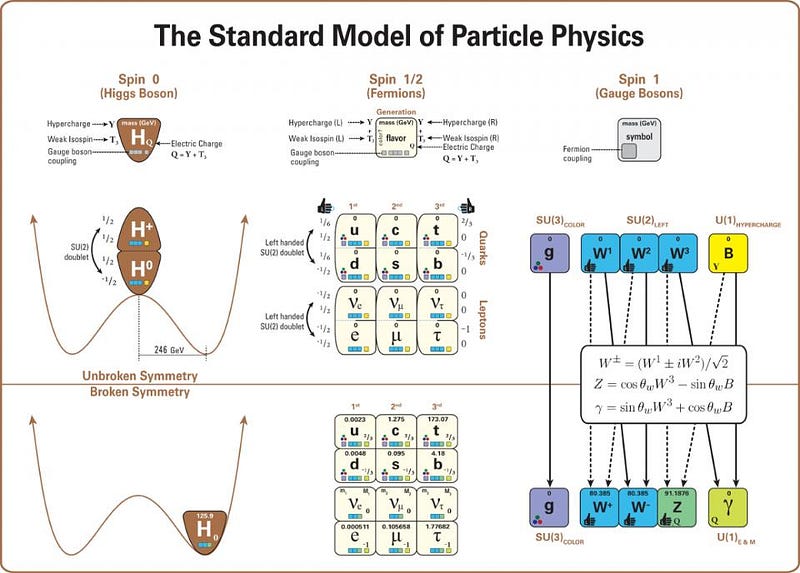
The multiverse — a conjectured endless collection of universes — was once the realm of science fiction, but now it’s science. Physicists have conjectured that the laws of nature in each of the universes would be slightly different, and the possibilities are limitless. In some universes electrons would be much heavier than they are in ours, or atoms would decay faster, or gravity would be much stronger. Really anything could happen.
Not only would anything that could happen actually happen in some universe within the multiverse, but anything that can happen would happen infinitely many times. Therefore, the multiverse also contains infinitely many universes that are almost exactly like our own, including our planet, and me, and you. But in some of these other universes, a dark matter particle gave you cancer ten years ago. Don’t worry that you might accidentally get condolences for your other self, though. The universes aren’t causally connected and information exchange not possible.
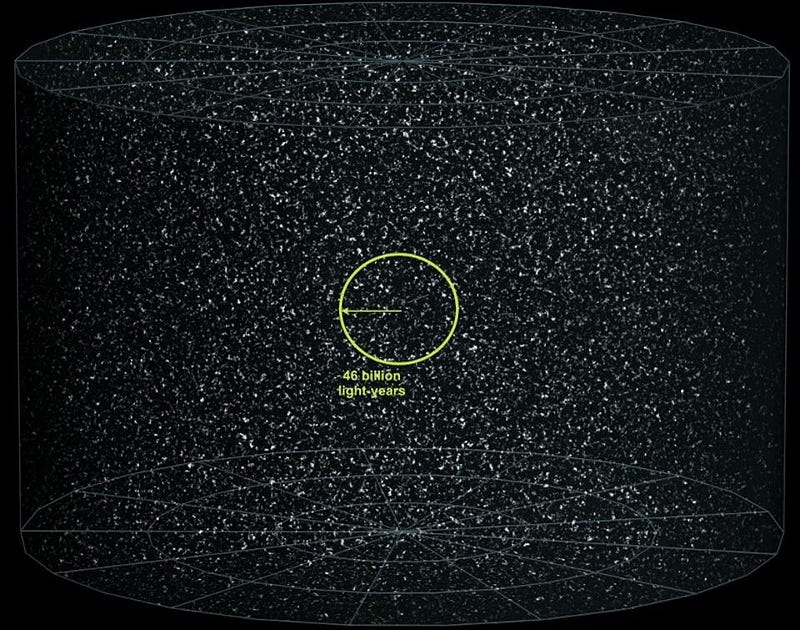
Many of the other universes, however, would not contain living beings, because not every combination of natural possibilities for the laws of physics allows for sufficiently complex structures to form. A universe that expands too fast, for example, or that recollapses too quickly, would contain merely a well-mixed soup of elementary particles which, for all we know, wouldn’t write essays.
So some physicists think that their models for the early universe demonstrate there wouldn’t be only one universe but infinitely many. Ok then, you might say, weird enough, but what does this have to do with the LHC?
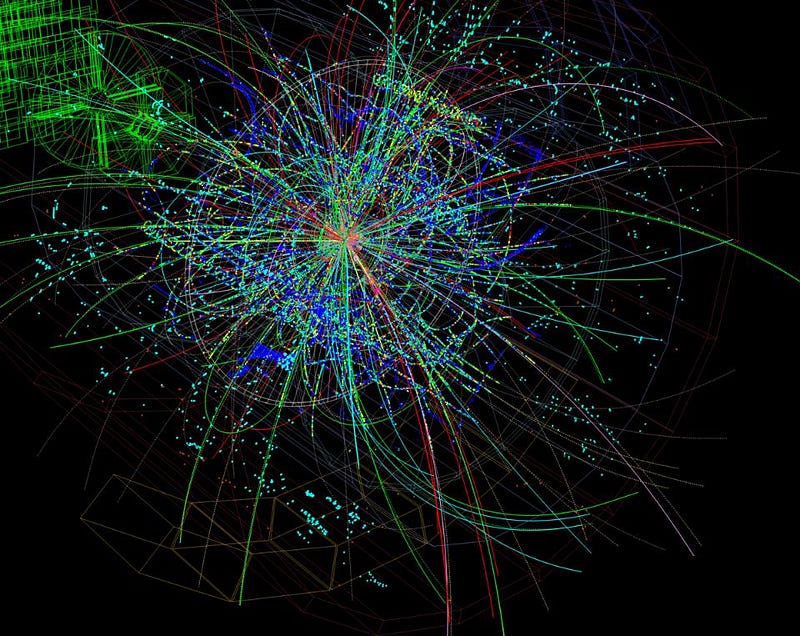
The connection to the LHC comes about because theoretical physicists are not satisfied with the currently best laws of nature they have: the standard model of particle physics plus general relativity. They want to do better. The standard model contains many parameters for which they have no deeper explanation, and they are hoping that there exists an underlying — more fundamental — theory from which the parameters can be calculated.
A parameter that irks theoretical physicists particularly is the mass of the recently discovered Higgs-boson. It comes out to be about 125 GeV. That value is somewhat more than 100 times the mass of a proton and, on its own, sounds pretty unremarkable. But the Higgs-boson is a special particle in that it’s the only known (fundamental) scalar, which means it has spin zero. As a consequence of this, the mass of the Higgs-boson acquires correction terms from quantum fluctuations, and these correction terms are very large — larger than the observed value by almost 15 orders of magnitude.
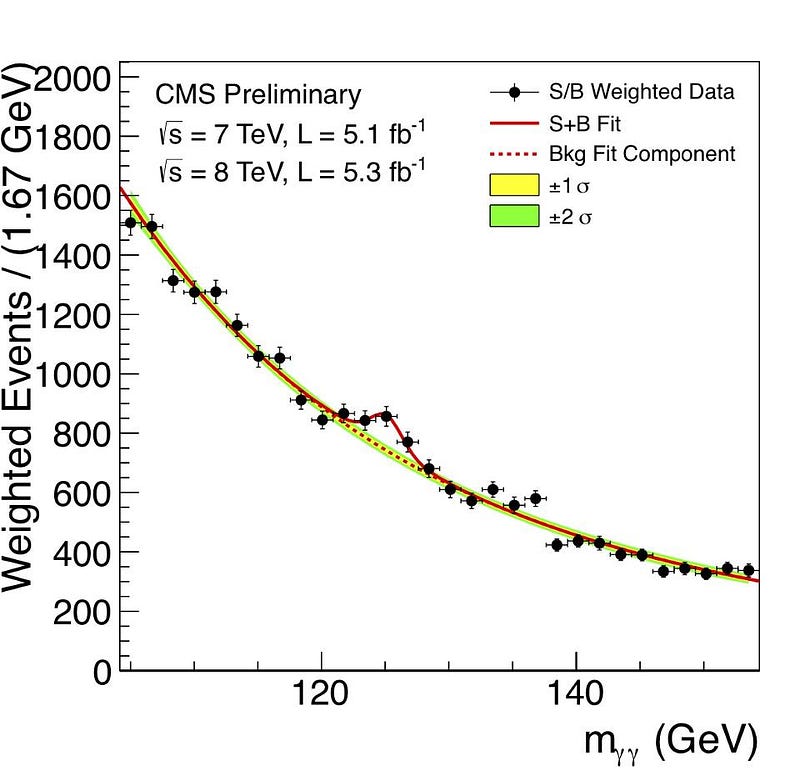
These large quantum-corrections to the Higgs-boson’s mass can be removed by subtracting a new term which is almost (but not exactly) equally large, so that the difference leaves behind the, comparably tiny, observed mass. This is possible because the observed mass is a parameter which has to be determined experimentally anyway. However, such a delicate cancellation requires finetuning: You need two constants that are equal for the first 15 digits and then differ in the 16th. If you’d pick two random numbers this would be extremely unlikely. It seems hand-selected and hence in need of explanation.
For this reason, physicists say that the small mass of the Higgs-boson is “not natural.”
The Higgs mass is the only parameter in the standard model which is not natural. Physicists understood this long before the Higgs itself was discovered, and for this reason many of them believed that the LHC would also find evidence for new physics besides the Higgs. The new physics, so they thought, was necessary to explain the smallness of the Higgs mass and thereby make it natural.
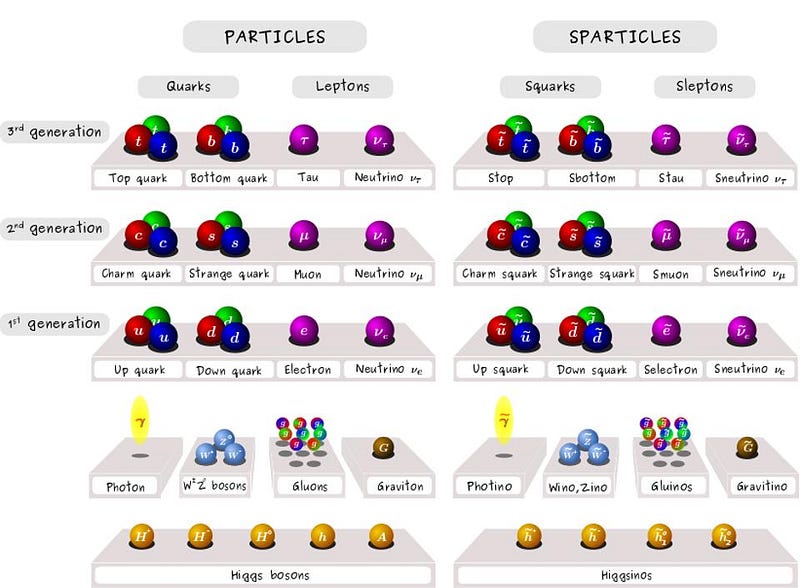
The best studied hypothesis to make the Higgs-mass natural is supersymmetry. In supersymmetric theories, every known particle comes with a partner-particle. One consequence of this doubling is that the troublesome quantum-contributions to the Higgs-mass cancel. The new symmetry enforces a cancellation, since there now must be equally large contributions to these quantum corrections with either sign: one from the normal particles and one from the supersymmetric ones.
At least, that would be so if supersymmetry were an exact symmetry of nature. We already know, however, that this can’t be the case, because then we should have seen superpartners of the standard model particles long ago. So, theoretical physicists concluded, supersymmetry must be broken, and it’s only restored above some energy scale, the “SUSY breaking scale.” The SUSY breaking scale should be in the range of the LHC, because this would make the Higgs-mass natural. If the SUSY breaking scale were much higher than that, the need to delicately cancel quantum contributions by fine-tuning would come back.
The way things went, however, the LHC found the Higgs but no evidence for anything new besides that. No supersymmetry, no extra-dimensions, no black holes, no fourth generation, nothing. This means that the Higgs-mass just sits there, boldly unnatural.
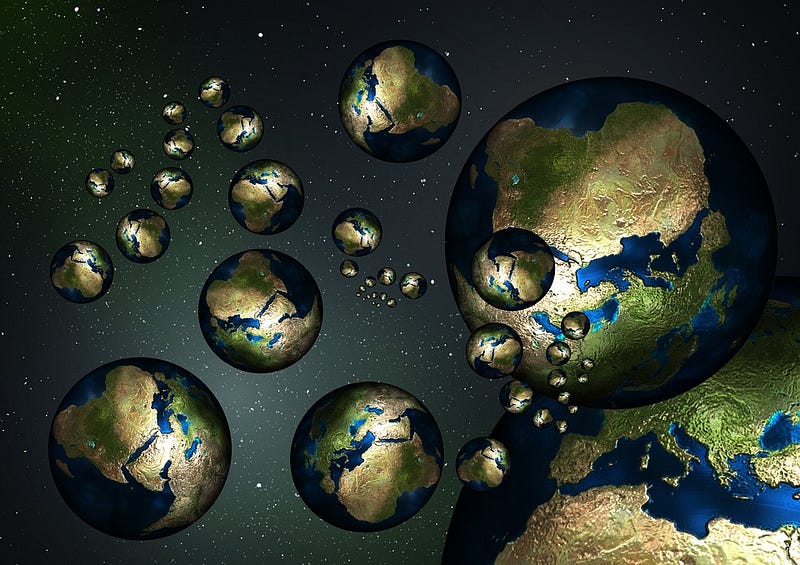
That’s where the multiverse comes in.
Since theoretical physicists haven’t found an explanation for the smallness of the Higgs-mass, they now try to accept that there simply may be no explanation. And if there is no explanation, so the argument goes, then no single value is special, and this must mean that all possible mass values have the same right to existence. In this case there should be a universe for any possible value of the Higgs mass. And for any possible value of every other particle’s mass. In other words, there should be a multiverse which contains universes for all possible combinations of parameters.
In the multiverse, the value of the Higgs would be selected only to the extent that it needs to enable the development of life like ours — the so-called “anthropic principle.” But since the development of life isn’t well understood itself — and in any case certainly not the domain of physicists — this is presently a fairly vague requirement.
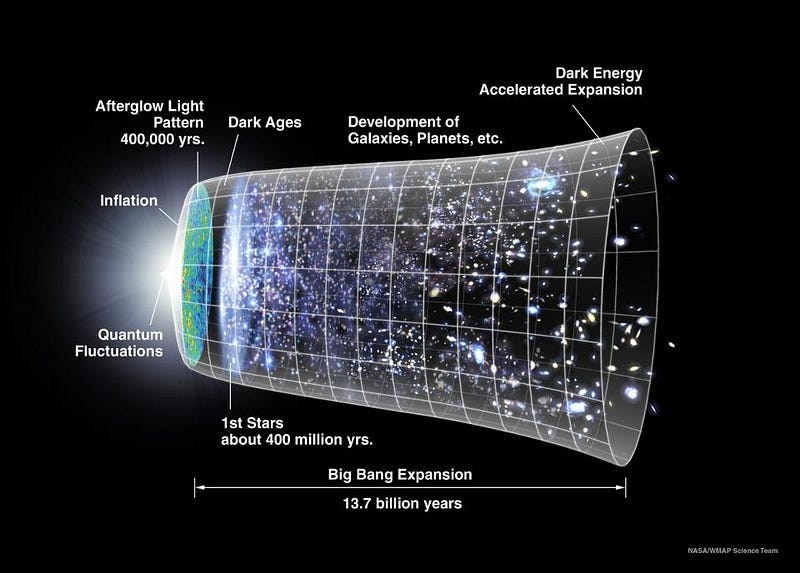
So, in a nutshell, the argument is that since theoretical physicists can’t explain the mass of the Higgs, any parameter can take on any possible value and we live in a multiverse.
It’s an interesting argument but it’s logically inconsistent. It relies on an expectation about what we mean by a “random number” or its probability distribution, respectively. There are infinitely many such distributions. The requirement that the numbers in the standard model should obey a certain distribution is merely a hypothesis that turned out to be incompatible with observation. That, really, is all we can conclude from the data: physicists had a hypothesis for what is “natural.” It turned out to be wrong.
This doesn’t mean there is no multiverse. There might or might not be one. It just means the LHC results don’t tell us anything about it.
I spent an hour explaining theoretical high energy physics to my mom and assured her the LHC hasn’t shown we live in a multiverse. She now understands how the Higgs gets its mass, but she doesn’t understand why newspapers write multiverse headlines. I can’t help her with that.
This post first appeared at Forbes, and is brought to you ad-free by our Patreon supporters. Comment on our forum, & buy our first book: Beyond The Galaxy!





